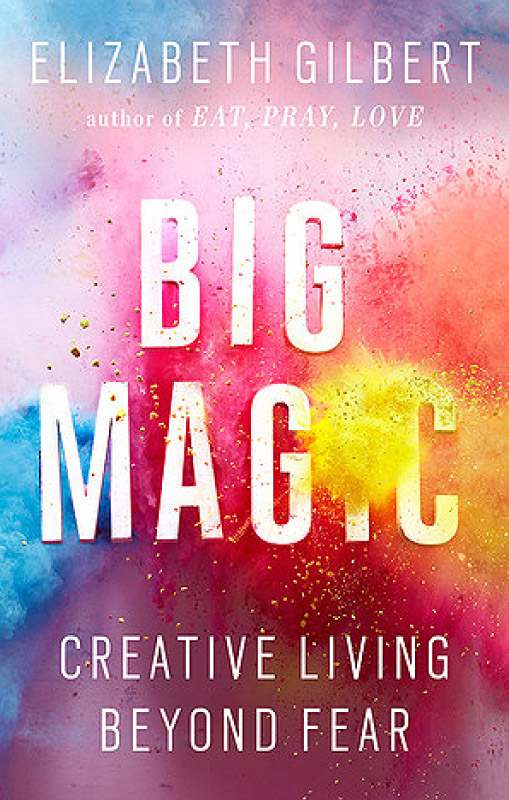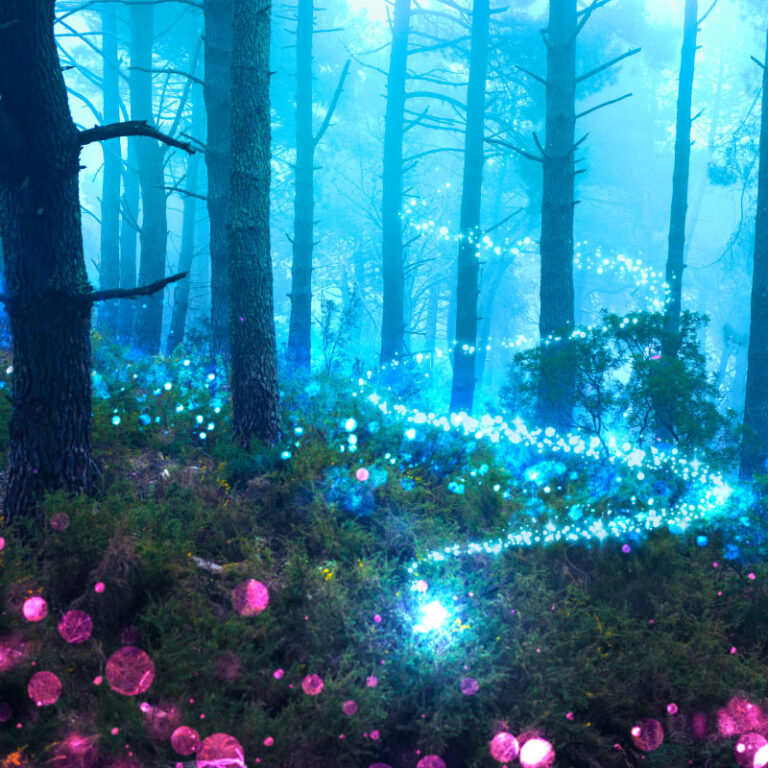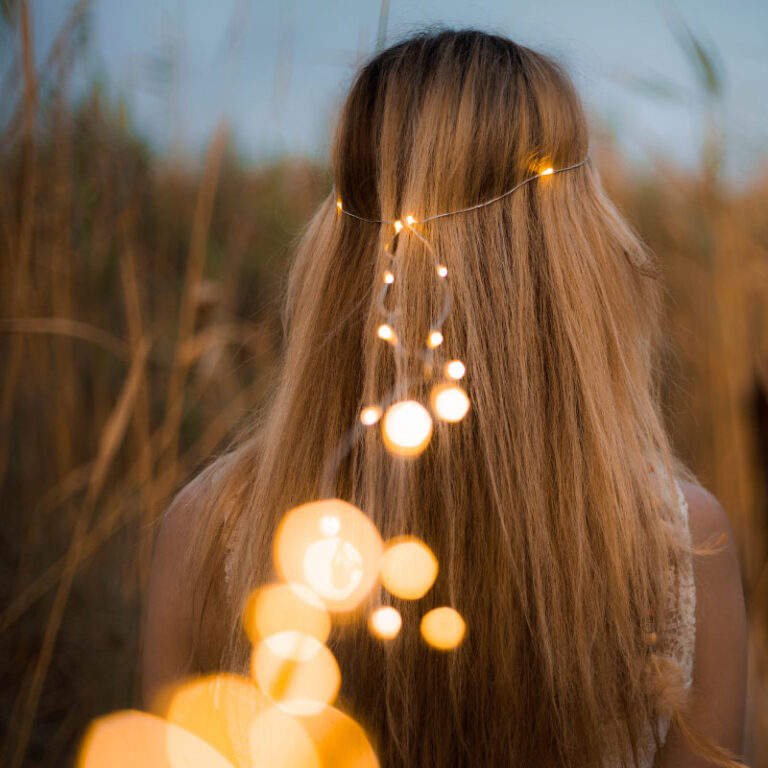Into the Fantasy Wonderland: Where I got my inspiration from.
In my blog post, Down the Fantasy Rabbit Hole, I spoke about the what, why, and how I decided to become a writer. So, the next logical question is, where have I drawn my inspiration from?
Inspiration for anyone, whether you are a writer, actor, teacher, doctor, or whatever your profession is, comes from you and everything around you. But the secret to inspiration is that you must be open to receiving it. In my journey of wanting to become a writer, I upskilled to learn more about the craft. One of the best ways to upskill is to learn from others. So, after doing my research, I came across two books, one more logical than the other, about writing, inspiration, and everything in between.

The first was Stephen King’s On Writing, a book I highly recommended for all writers to read, but also for anyone who wants to learn from the successes of such a great literary legend. King’s work draws inspiration from his real-life surroundings, like the places he lived in Maine or Colorado, as well as his real-life experiences and literary greats like Edgar Allen Poe. King’s take on inspiration is very much what I call traditional or logical, which is another way to think about it. He brings everything from people, places, experiences, and events into his novels. They are tangible, as much as inspiration can be, in that they can be traced back to something attached to his conscious mind.
When I read On Writing, it all made sense. Draw inspiration from things you know or at least have some concept of. This is how I drew inspiration when forming and writing Forgiving Darkness. My experiences, likes, dislikes, and knowledge led me to create my vision for Forgiving Darkness. I’ll get to the second book on inspiration later in this piece. I want to dive into more of this ‘traditional’ inspiration I am talking about. Let’s start with experiences.
Growing up, my extended family was very close. Cousins were like siblings, and aunts and uncles were like parents. Eight cousins (including myself) grew up together in South Africa. Given that 7 of us were girls, my brother the only boy, our games centered on more girly-driven games. This was when kids were kids. Screens only existed on TVs the size of moving boxes, Wi-Fi, and the digital age we are in now was still decades away. We occupied ourselves with toys and imaginary games that were less diverse (regarding gender and identity) than they are today.
Our make-believe games drew on characters we saw at the movies or on VHS tapes, like Belle, Cinderella, Arial, Jasmin, and the many princesses of that age. We’d built kingdoms in our heads, adopted new characters, acted them out, and had endless fun. But the twist in this tale was that out of all my cousins, I was always the wicked witch. I had a hideous pretend laugh that cackled like the evil stepmother in Snow White. My characters chased the beautiful princesses, capturing and imprisoning them until they either fought their way out or got rescued. So, how does this relate to the inspiration for my book?
Princesses and the happy endings in these fairytales have always appealed to me, but the villains have captivated me. When the movie Maleficent (with Angelina Jolie) came out, I loved it. She’s bad, twisted, and evil, but was she always that way? This is part one of my inspiration.

Part two of the ‘traditional’ inspiration for Forgiving Darkness came from my love of history. In my previous blog post, I spoke about my adoration of history. Certain parts of history have always fascinated me, like Medieval Europe (including the Vikings), the rise of the Soviet Union, the Russian Tsars, the French Revolution, and the Roman Empire. While ideating for my book, I was reading Neil Gaiman’s Norse Mythology (because I love history). There was a light bulb moment for me, and now I had my Medieval Viking world setting.
You’re probably asking how I connected a misunderstood villain with a Medieval Viking setting? The answer was to add more history (because I am a history geek like that). Specifically, I found an old Scottish folktale from when the Vikings were trying to conquer Scotland and England. It’s a tale called The Norse King’s Dark Sorcerous Daughter. It tells the story of a Viking king who sends his daughter to conquer parts of Scotland, but she’s defeated and never returns home. There’s the connection if it isn’t apparent (cause we all think differently).
I drew inspiration from my love of history and experiences and asked what if? What if the Viking king’s dark daughter wasn’t dark? What if he was using her for his own nefarious reasons? What if she was just a wronged villain (like Maleficent) trying to lead a decent life? What if she did survive the attack from the villagers but chose not to return to her father and instead sought redemption for her past deeds? I kept asking what-if questions as it built out more and more of my story. Famously, Sarah J Maas used a similar tactic when she wrote A Throne of Glass. Now, I am not Sarah J Maas, but it’s an effective way to build a story from the ‘traditional’ forms of inspiration around you. Now, let’s turn to a less conventional way of thinking about inspiration.

The second book I read on my journey to becoming a writer was Elizabeth Gilbert’s Big Magic. For those unfamiliar with Elizabeth Gilbert, she is the brilliant author behind books like Eat, Prey, Love, and The Signature of All Things. Big Magic’s view of ideas and inspiration contrasts Stephen King’s On Writing. I termed King’s view of inspiration as ‘traditional’ because it draws on things that can be traced back to someone or something in a person’s life. In Big Magic, the premise is that ideas and inspiration come to a person as if, well… by magic. Some of you may think this is getting weird, but I believe there is room for both types of inspiration and ideation. I don’t think it’s pure magic, but more that inspiration for a story or an idea is driven from the deep subconscious rather than a glaringly obvious connection.
I can attest to this because I have an idea for a new book series and a standalone that literally popped into my head out of nowhere. I remember the first idea came out of the blue while listening to a song. No, I will not give it away, but I desperately want to write the story, so I keep listening to that song and keep building on it. But that is a tangible connection, Cat, you say. Yes and no. Yes, I know that something in my world has triggered an idea. But no, because the song has nothing to do with the story, more that it’s driven my subconscious to come up with an idea. I will say, though, that I have used tangible experiences to enhance the concept, but the core of it came about as if…by magic.
So, what summarizes inspiration? Inspiration is a very personal and subjective thing. Something that inspires me may not inspire you, and vice versa. It can come from many places: people, experiences, reality, imagination, tangible, intangible, magical, you name it. All those things differ from one person to the next. However, the common theme across everyone is that you need to be open to inspiration. Something may not inspire you there and then, but just like me, it may come back as something that inspires you later in life. The key is to accept it in all forms and know when to use it. I’d love to hear about your take on inspiration and would be happy to share further thoughts. Please connect with me on social or via my contact me page.



